
Published:
Readtime: 4 min
Every product is carefully selected by our editors and experts. If you buy from a link, we may earn a commission. Learn more. For more information on how we test products, click here.
I’ve driven more than 100 EVs and the story is always the same when it comes to charging—it sucks! I could count the positive charging experiences I’ve had using the public network on one hand, and it’s only getting worse. Despite an increase in the number of EV chargers, it hasn’t grown at the rate of electric vehicle sales.
These days, when a charger isn’t broken, slow, or “ICED” by a petrol vehicle, you’re lining up and waiting to charge with all the other frustrated EV owners. It’s a painful experience that needs to change quickly, or else the government and the manufacturers risk losing an already slowing battle for sales with Australian EV customers.
I find it increasingly difficult to recommend electric vehicles to some people based on my own experiences. With the current state of affairs, I wouldn’t recommend buying an EV unless you have access to an EV charger at home or your workplace. However, on a recent trip around California behind the wheel of an EV, I experienced a fuel-station-like charging centre that reset my perspective on the future of EVs. If we want EVs to become the norm, the charging network has to look something like this.
I had just finished my drive from Los Angeles to San Bernardino, and I was hunting for an ultra-fast EV charger on PlugShare. The Cadillac VISTIQ I was driving was low on battery, and while the 300 miles (482km) of charge it offers is good, I was driving to Big Bear tomorrow, and with 8,000ft of elevation to conquer, I needed a full charge to make it there are back. This is California, so I had plenty of options to choose from, but I stumbled across something that looked too good to be true—an EV charging oasis with 41 ultra-fast chargers.
Greenlane Charging Centre in Colton, CA 92324, USA is a commercial electric vehicle charging centre that services electric trucks along Interstate 10, which is one of the country’s busiest highways.
It’s home to 41 chargers, mainly for trucks, and while I was there, I witnessed multiple truck drivers pull up, decouple their trailer, put their truck on charge, and then swap to another fully-charged truck before reconnecting their trailer and continuing with their journey. Even that blew me away, but I was here to charge my Cadillac.
What I found was a seamless and fast experience that felt exactly like visiting a petrol station. While my Cadillac VISTIQ couldn’t make the most of the ultra-fast 400 kW chargers, even the 180 kW of power that I was putting into the large 102 kWh battery meant that I could charge from 10-80% in under 30 minutes. Winner!
If I had been there with a Hyundai Ioniq 6 or Porsche Taycan, I could’ve charged at 350 kW and left there in around 20 minutes. It’s the future of EVs that we had all been promised.

The only real negative was the cost. You pay for the convenience, and with a cost of $0.59 per kWh, I was charged the equivalent of AUD$80 to charge the car, which is not far off the cost of refuelling a car in California. Still, it was an experience that left me wondering how different life could be here in Australia if we had charging locations like this, and the energy to supply them.
So what’s happening here in Australia to bring us closer to that perfect EV future? The NSW Government recently committed $199 million to help co-fund the installation of chargers with private operators. However, it’s unclear how many of these new chargers are the much-needed ultra-fast DC units like those I experienced in California.
We only know four things for sure:
- The new chargers will be installed every 5km along Sydney’s major commuter corridors
- Every 100km along major highways in NSW, on average
- Within 5km of residential areas with limited off-street parking, and
- In or near commuter car parks and other Transport for NSW-owned land.
It’s more likely that the chargers being installed are medium-speed 50 kW DC units that can charge an EV in closer to 2 hours. If they’re not, they’re likely slower AC chargers like those that the local government keeps trying to attach to telephone poles (even though you’d have to sit there for 10 hours to charge a car at one). However, I’d love to be proven wrong!
For now, it still sucks to charge an EV in Australia, but the Greenlane Charging Centre in Colton, California gave me hope that where there’s a will, there’s a way when it comes to the future of EVs.
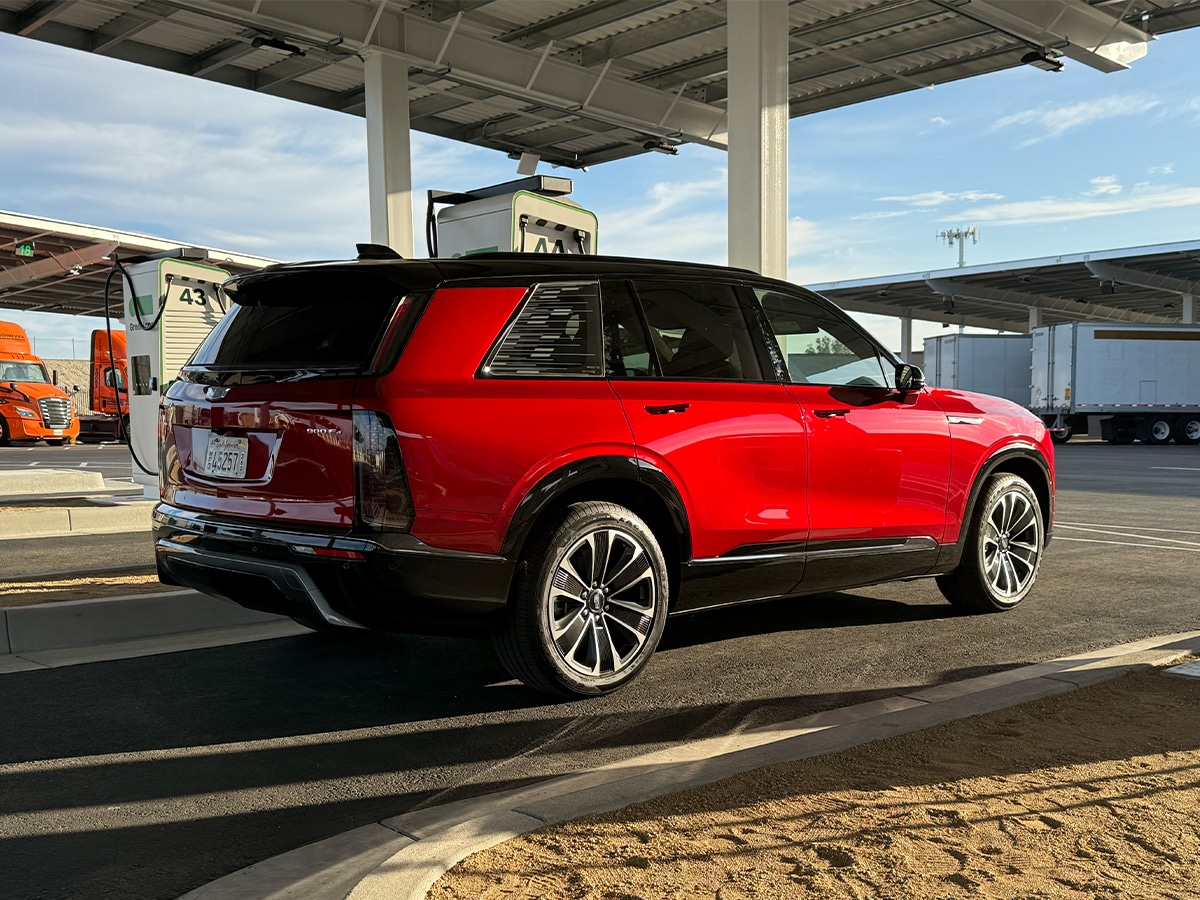




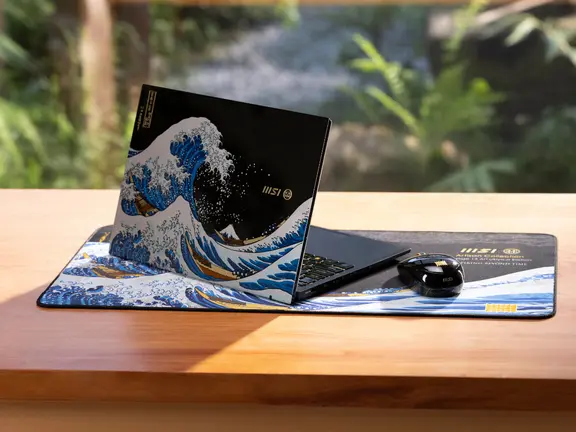



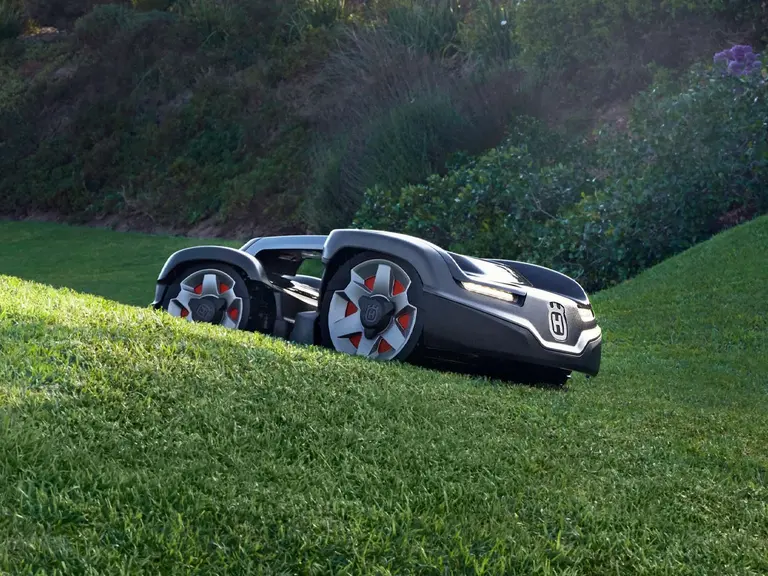



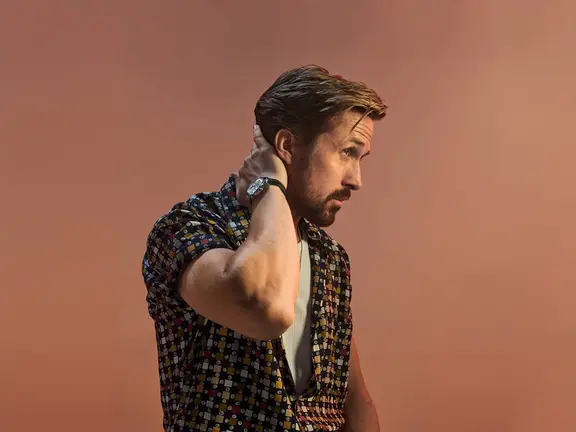
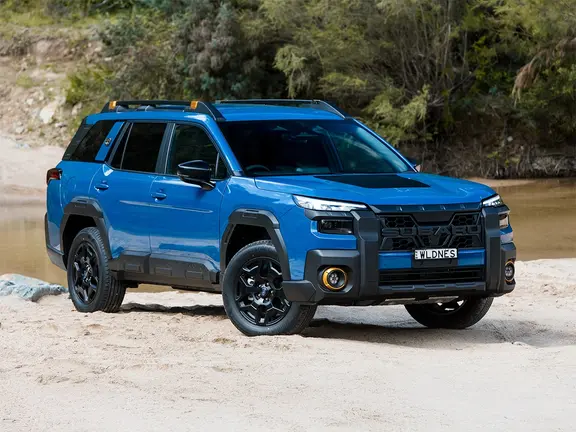
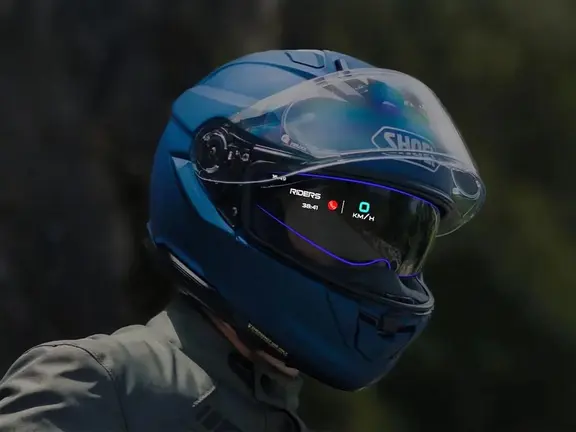















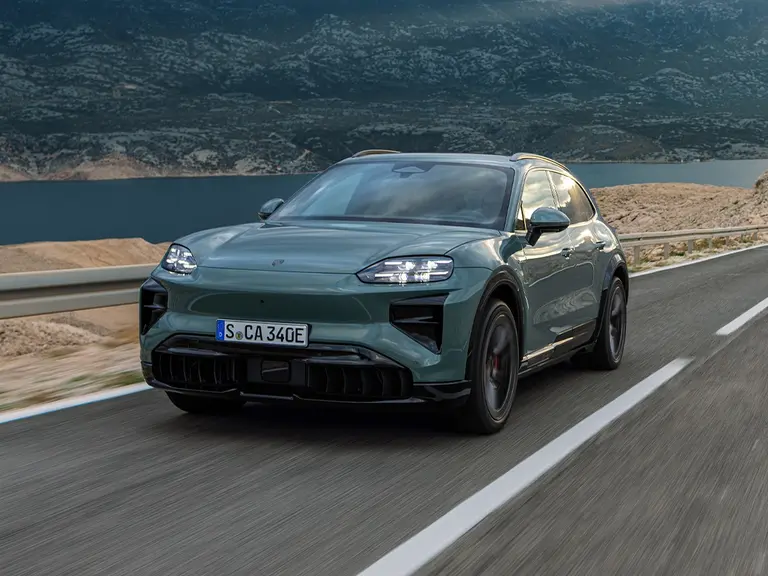



Comments
We love hearing from you. or to leave a comment.